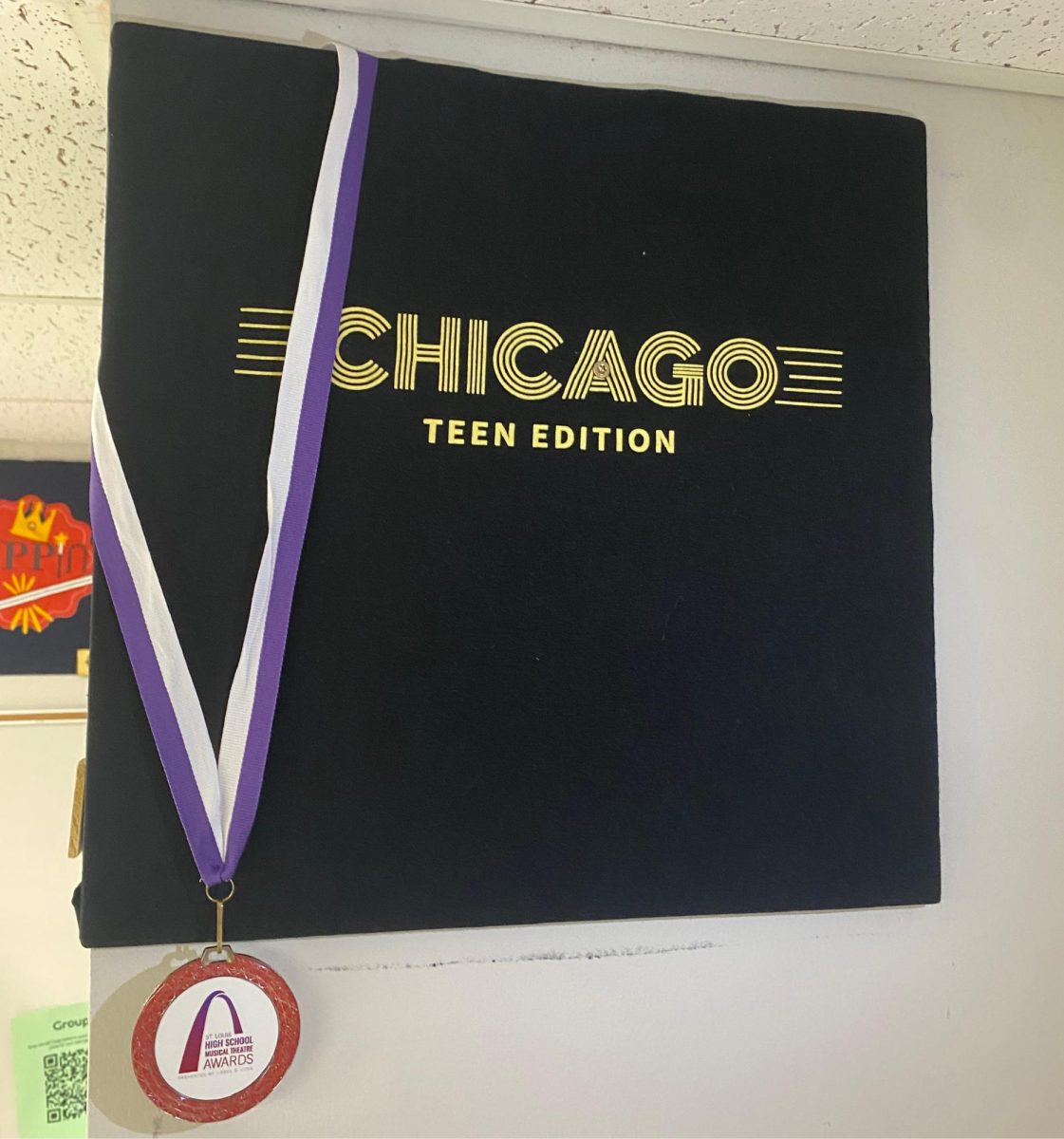What’s the Deal With all the Schoology Surveys?
January 27, 2023
Tiger Den, tattoos, streaming services and snow days. If you go to EHS, and look at Schoology once in a while, it might seem like every day brings another seemingly random topic to answer an optional survey about.
Whether you dutifully answer each question or ignore them entirely, it’s likely that, unless you’re involved in creating them, you’re not sure what goes on behind the Schoology survey scenes.
“[I’d like to know] where the topics really come from,” said senior Chloe Terch, who says she answers the surveys regularly. “They tend to be really odd and kinda sparse with the coherency.”
The surveys are produced by — and I apologize if I’m taking away some of the mystery here — students in journalism classes and yearbook. By sending questions to the entire school at once, writers can see an array of potential sources for their stories and begin the process of finding the most ideal people to interview.
“The goal of each story is to cover as many students as possible, so the data we get in the surveys allows us to find people to reach out to,” sophomore yearbook editor Veda Kommineni said. “Because they’re all such varied topics, we’re always looking for people who know what they’re talking [about] and are willing to elaborate.”
The goal of seeking out a diversity of sources can be helped by posting to the entire school, but when participation is low on a particular survey, writers can be left reaching out to the same group of students who interact with nearly every post.
“…sometimes the problem with the surveys is the same people answer them and we accidentally cover the same people over and over,” Kommineni said.
While some surveys are used to seek out interview subjects, other writers send out questions when a story would be served by using numbers to explain a phenomenon. This was the case for senior Noelle Sonderegger, a Journalism 1 student who used a survey to find data about how students’ habits changed before and after EHS changed its Tiger Den policy.
“I used my survey to gather statistics for how many students visit or have visited Tiger Den…” Sonderegger said. “I wanted to see how much of an impact the new Tiger Den schedule had on students’ availability.”
For Sonderegger, reaching as many of her peers as possible was “crucial” to developing her piece. While those who answer the surveys, often without being aware of it, are helping journalism students with their homework, there’s a much simpler reason that many students decide to respond to the Google Forms links littering their Schoology homepage.
“In their own ways,” Terch said, “they’re fun to take.”
Even if the surveys produced by journalism student’s don’t offer a result at the end of the questionnaire like a uQuiz or BuzzFeed quiz might, there’s something about answering questions about generally-lighthearted topics that people seem to find appealing.
Or, maybe, it’s just boredom and curiosity that lead students to open the surveys during the school day.












